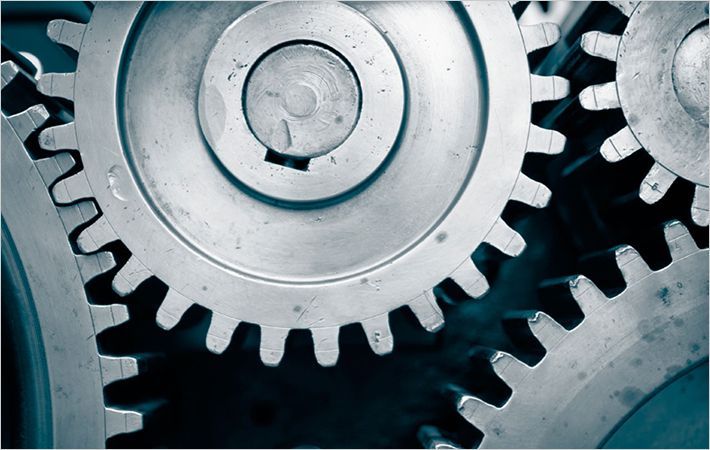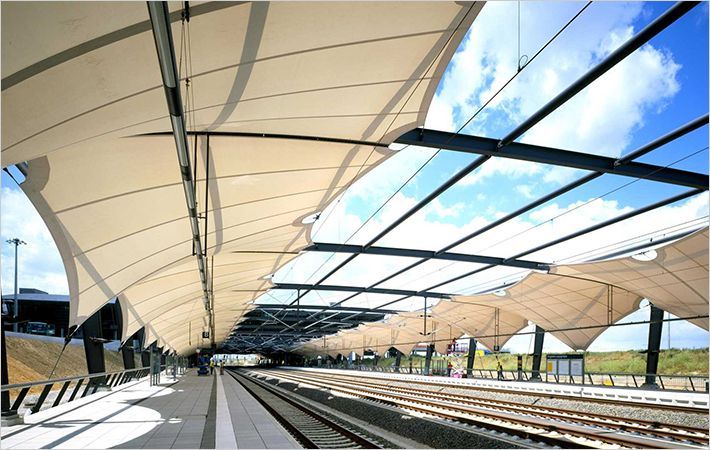India, which is the world's second largest cotton producer and one of the leading textile producers, has a market of nearly $12 billion for protective textiles.
However, there are few players now to manufacture these products.India, which is the world's second largest cotton producer and one of the leading textile producers, has a market of nearly $12 billion for protective textiles.
However, there are few #
Focus
“The economy has opened up and we need to focus on technical textiles without any delay,” said S.V. Arumugam, Deputy Chairman of the Confederation of Indian Textile Industry at a seminar on protective textiles here on 19th Jan 2011 Wednesday.
Protective textiles were used mainly for industrial purposes.
“We need to go in for research and development and funds are needed to bring in innovation.”
Educational institutions should also take up research and development in technical textiles and the government should provide a platform for the industry and the institute to meet and take forward the research results, he said.
“We are so used to the conventional system of manufacturing commodities rather than products. Now, textiles are more than clothing.
“We should not miss the opportunity for value addition,” he said at the meeting, which was organised by the Office of the Textile Commissioner and the South India Textile Research Association.
Earlier, inherent problems such as a fragmented industry and the regulatory machinery hampered the progress of the textile industry into sectors such as technical textiles.
Integration was difficult then as the units required huge sums of money to get into specialised areas. However, the scenario had changed, he said.
K.P. Chellamani, Director (acting) of South India Textile Research Association, said there were just a handful of players in India to make protective textiles.
Electronics
Nano technology facilitated incorporating electronics into garments and this allowed tracking, communication, etc.
Two projects were going on at SITRA on technical textiles. It was a centre of excellence for medical textiles.
K. Selvaraju, secretary general of Southern India Mills' Association, said that during the last two years, investments into the State's spinning sector were declining.
The industry should now focus on diversification, especially into technical textiles, and Coimbatore should take the lead.
The main constraints now were scale of operation and capacity to invest.
Most of the technical textile products required processing and projects for technical textiles should get environmental clearance soon. Recommendation from centres of excellence should be accepted to give the clearance, he said.
V. Murali Krishna, deputy director of the regional office of the textile commissioner, explained the details of the technology mission on technical textiles.
The Hindu

